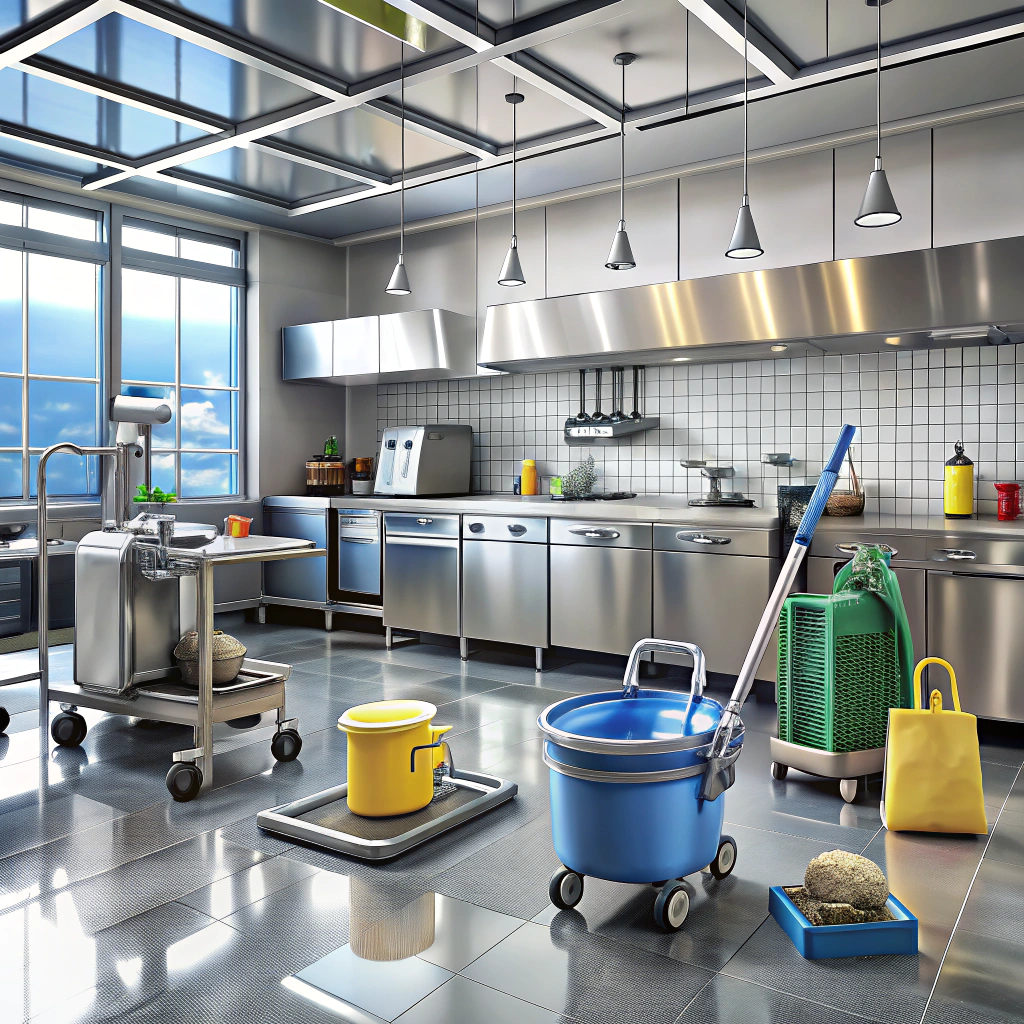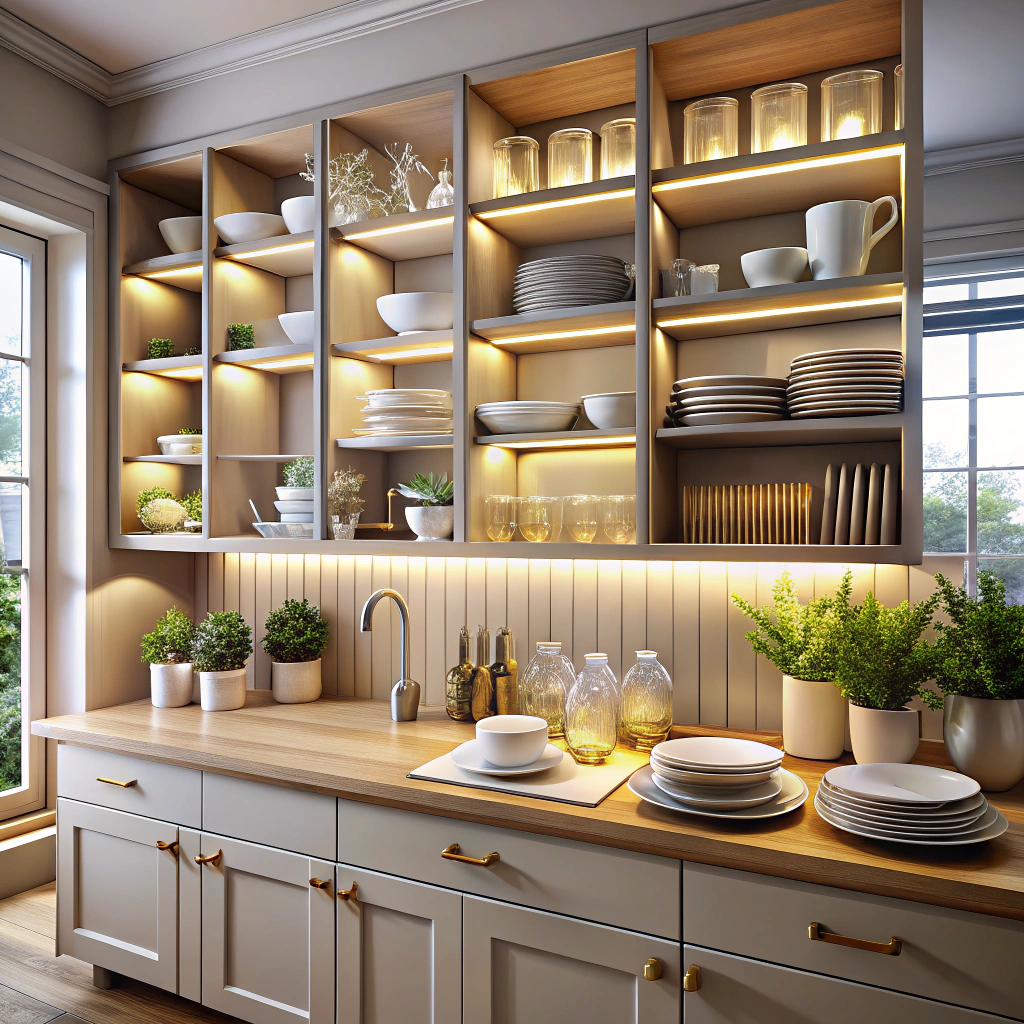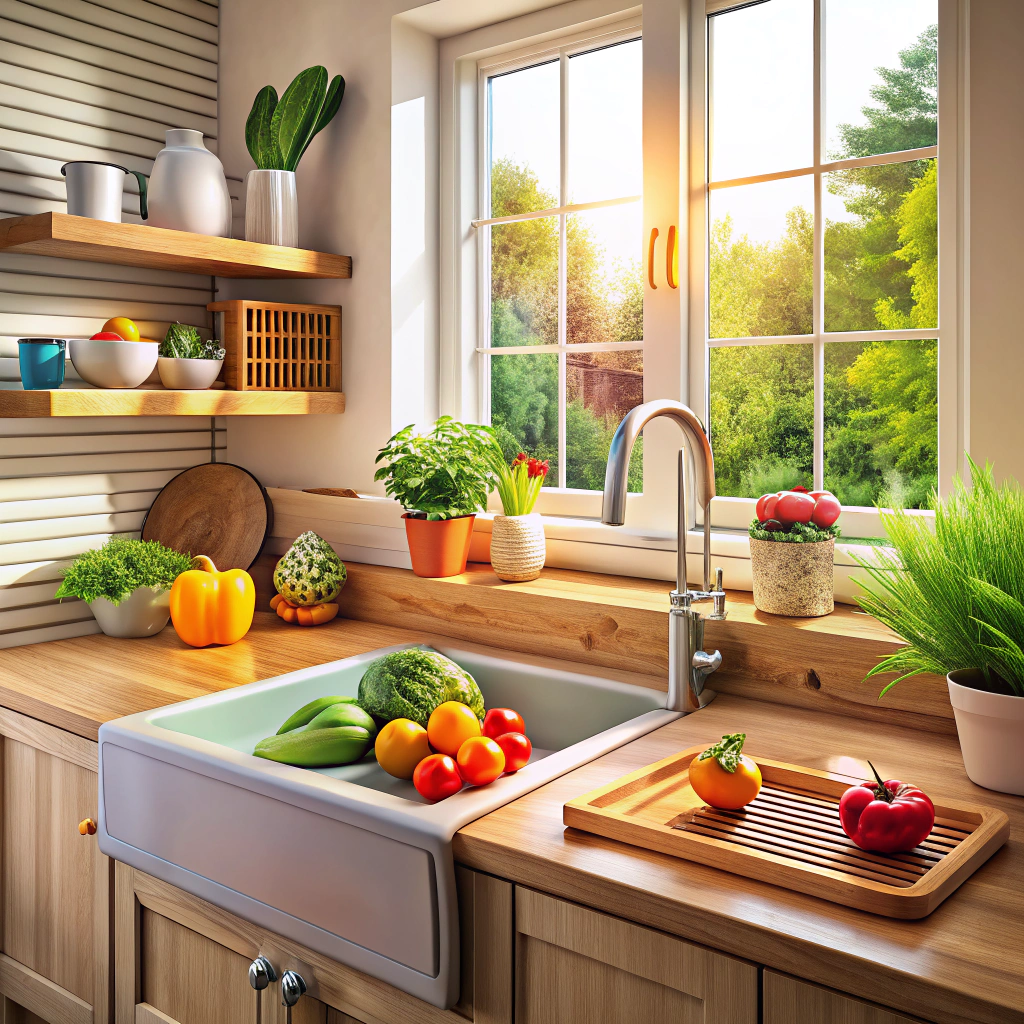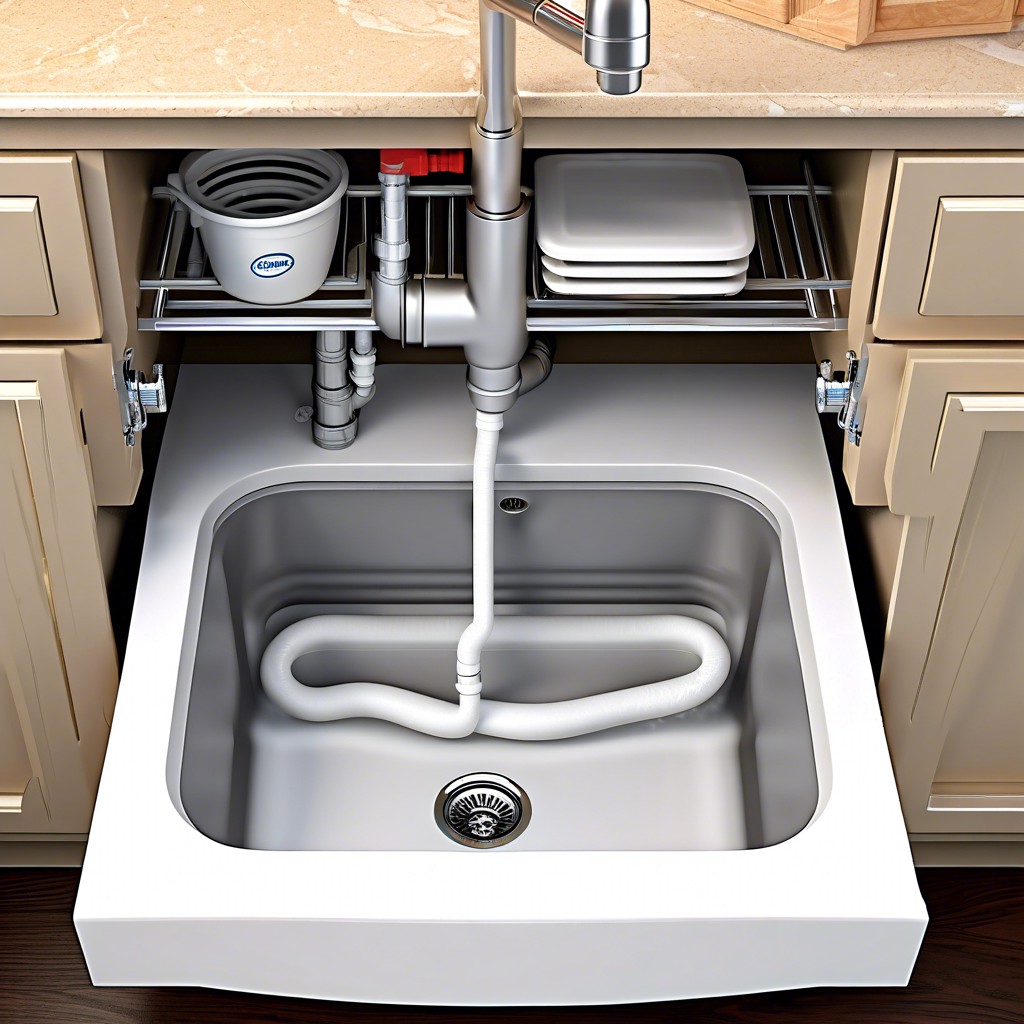Last updated on
Discover the pros and cons of knobs and pulls to determine the perfect hardware choice for your kitchen cabinets.
When it comes to kitchen cabinets, every detail matters. From the color of the wood to the type of hardware, each decision can impact the overall look and feel of your kitchen.
One important decision that homeowners often face is whether to use knobs or pulls on their cabinet doors and drawers. While this may seem like a small detail, it can make a big difference in both style and functionality.
In this article, we’ll explore the pros and cons of each option so you can make an informed decision for your own kitchen design.
What's Inside
Pros of Knobs
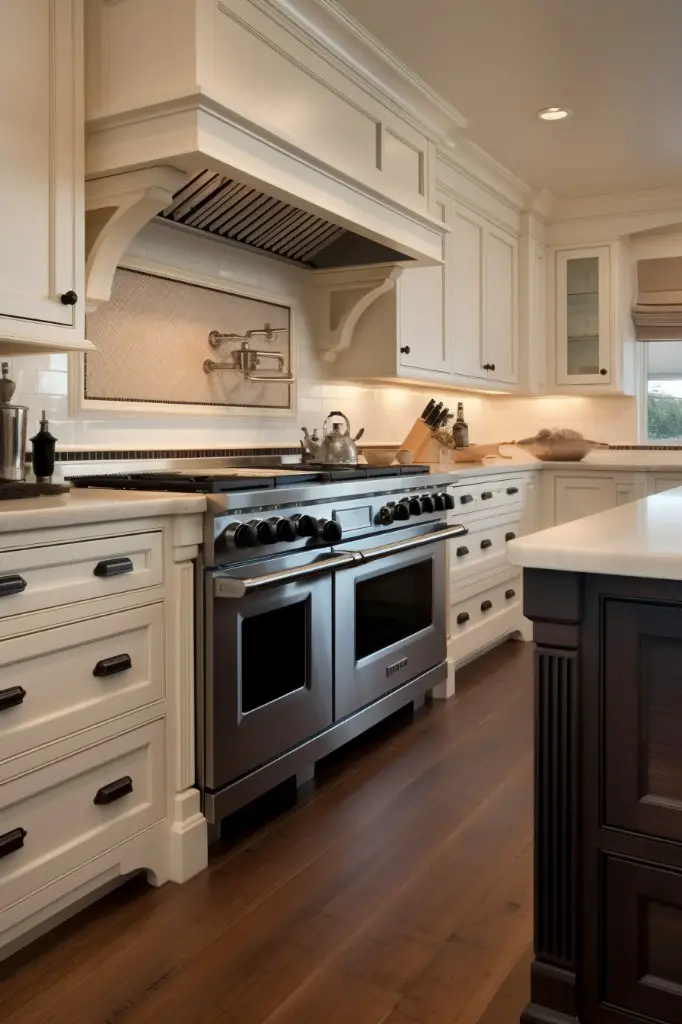
They come in a variety of shapes, sizes, and materials to fit any design style. Here are some advantages to using knobs on your cabinet doors and drawers:
1. Cost-effective: Knobs tend to be less expensive than pulls, making them an attractive option if you’re working with a tight budget.
2. Versatile: Because they come in so many different styles, knobs can work well with any type of cabinet door or drawer.
3. Easy installation: Installing knobs is generally easier than installing pulls since they only require one screw instead of two.
4. Space-saving: If you have limited space between your cabinets or drawers, knobs may be the better choice as they take up less room than pulls.
Cons of Knobs
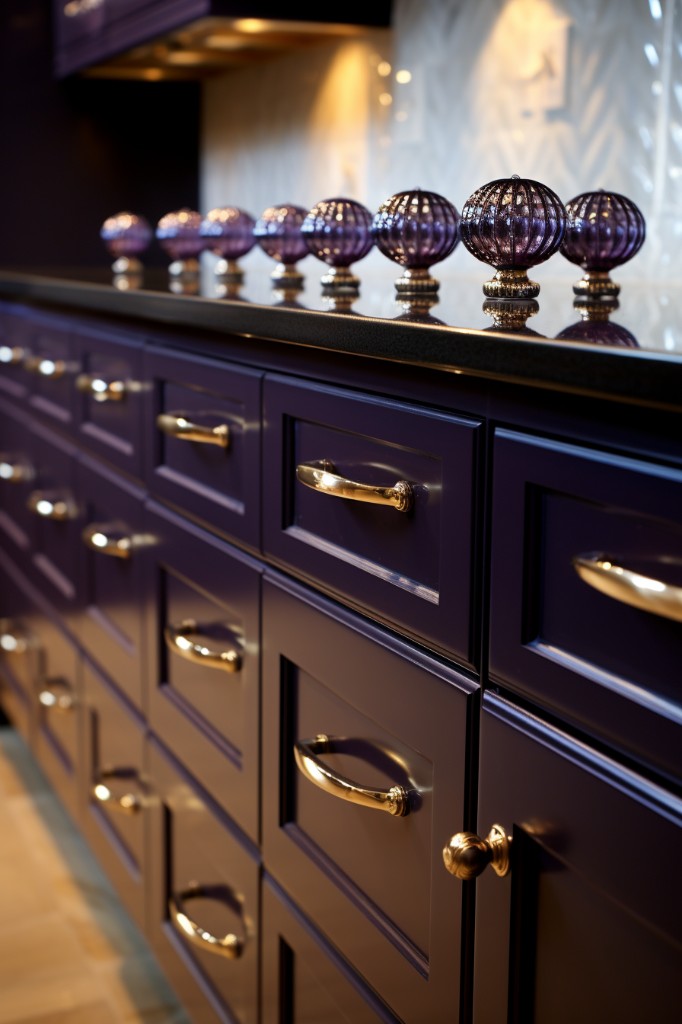
One major drawback is that they can be difficult to grip and turn for those with arthritis or other hand mobility issues. This is especially true if the knob is small or has a smooth surface that doesn’t provide much traction.
Another potential issue with knobs is that they tend to collect dirt and grime around the base where it meets the cabinet surface. This buildup can make them harder to clean than pulls, which typically have more open space between the handle and cabinet.
Some homeowners simply prefer the look of pulls over knobs.
Pros of Pulls
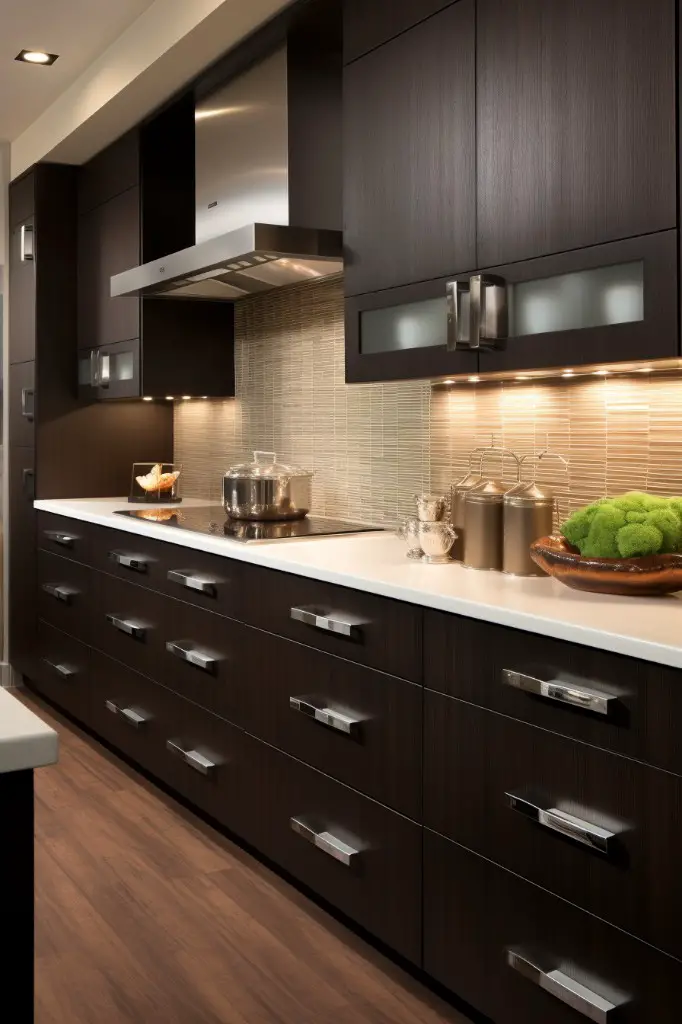
One of the main advantages is that they offer more surface area to grip than knobs, making them easier to use for people with arthritis or other hand mobility issues. Pulls can be more versatile in terms of style and size options.
They come in a wide range of shapes and sizes, from sleek modern designs to ornate traditional styles.
Another benefit is that pulls can help protect your cabinet finish over time by reducing wear on the wood or paint caused by repeated contact with fingers or nails. This makes them an especially smart choice if you have young children who may be prone to leaving fingerprints on your cabinets.
Many homeowners simply prefer the look of pulls over knobs because they create a clean line across drawers and doors without interrupting the flow visually as much as knobs do.
Cons of Pulls

One potential issue is that they can be more difficult to clean than knobs. Because pulls have a longer surface area, dirt and grime can accumulate in the crevices between the handle and cabinet door or drawer.
Another consideration is that pulls may not be as comfortable for everyone to use. Some people find it easier to grip and pull open a cabinet with a knob rather than having to wrap their fingers around the length of a pull.
If you’re on a tight budget, choosing pulls over knobs could end up costing you more money in hardware costs since each pull requires two screws instead of one like most knobs do.
Style Considerations
Knobs tend to have a more traditional look, while pulls can be either modern or classic depending on their design. If you’re going for a vintage or rustic feel in your kitchen, then knobs may be the way to go.
On the other hand, if you prefer sleek and contemporary designs, then pulls might suit your taste better.
Another factor to consider is the overall aesthetic of your kitchen cabinets themselves. For example, if you have shaker-style cabinet doors with clean lines and minimal embellishments, then simple knob hardware would complement them nicely without overwhelming their design.
Mixing Knobs and Pulls
For example, you might use knobs on cabinet doors and pulls on drawers for easier access. Or, if you have larger cabinets with double doors, using two pulls instead of one knob can create a more balanced look.
When mixing hardware styles, it’s important to keep some consistency in mind. Choose pieces that are similar in size or shape so they don’t clash with each other visually.
You could also choose different finishes for the knobs and pulls that complement each other well.
The Role of Cabinet Hardware in Kitchen Design
Knobs and pulls come in a variety of styles, finishes, and materials that can complement or contrast with the rest of your kitchen decor. For example, if you have sleek modern cabinets with clean lines, you may want to opt for simple stainless steel bar pulls to maintain that minimalist look.
On the other hand, if you have traditional wood cabinetry with ornate details, decorative knobs in brass or bronze could add an elegant touch.
Hardware also plays a functional role in kitchen design by providing easy access to cabinet doors and drawers. The size and shape of knobs or pulls can affect how comfortable they are to use – larger handles may be easier for people with arthritis or limited mobility to grip than small round knobs.
Ultimately, choosing cabinet hardware is about finding balance between style and function while staying within budget constraints.
Choosing the Right Size for Knobs and Pulls
First and foremost, you want your knobs or pulls to be comfortable and easy to use. If they’re too small or too large, they may not feel good in your hand when you’re opening cabinets or drawers.
Another consideration is the size of your cabinets themselves. Larger cabinets may require larger hardware in order to look proportional and balanced.
Similarly, smaller cabinets may benefit from smaller hardware that doesn’t overwhelm their design.
Ultimately, the best way to choose the right size for your knobs or pulls is by testing them out before making a final decision. Visit a home improvement store with samples of different sizes and styles so you can get an idea of how each one feels in person.
Hardware Material Options
The most common materials used for knobs and pulls include metal, glass, ceramic, wood or plastic. Each material has its own unique look and feel that can complement different styles of cabinetry.
Metal is a popular choice due to its durability and versatility. Brass offers a classic look while stainless steel provides a modern touch.
Glass knobs add elegance while ceramic ones offer an old-world charm.
Wooden knobs provide warmth in traditional kitchens while plastic ones are budget-friendly options that come in various colors and designs.
Choosing the Right Finish
The right finish can make all the difference in your kitchen’s overall aesthetic. There are several finishes to choose from, including polished chrome, brushed nickel, oil-rubbed bronze and antique brass.
Polished chrome is a popular choice for modern kitchens because of its sleek and shiny appearance. Brushed nickel is another contemporary option that has a slightly warmer tone than polished chrome.
Oil-rubbed bronze offers an aged look with dark brown tones that work well in traditional or rustic kitchens. Antique brass also provides an aged look but with more golden hues that complement warm wood tones.
When choosing your hardware finish, consider how it will coordinate with other elements in your kitchen such as appliances and lighting fixtures. It’s important to keep everything cohesive so that each element works together seamlessly.
Functionality and Accessibility
Knobs are generally easier to grip for those with smaller hands or weaker grips, making them an excellent option for elderly individuals or children. However, they may be more challenging to use if your hands are wet or greasy from cooking.
On the other hand, pulls offer a larger surface area that makes them easier to grasp than knobs. This feature is especially beneficial when you have heavy pots and pans in your hands while trying to open cabinets simultaneously.
Pulls also allow you better leverage when opening drawers as compared with small knobs.
Comfort and Accessibility: Knobs Vs Pulls
Knobs are typically smaller in size, making them easier to grip for those with smaller hands or weaker grips. However, they can be more difficult to grasp if your hands are wet or greasy.
Pulls offer a larger surface area for gripping, which can make them more comfortable for some users. They also allow you to open cabinets using just one finger or even your elbow if your hands are full.
Consider who will be using the kitchen most often when deciding between knobs and pulls. If you have young children who may struggle with larger hardware options like pulls, then knobs may be the better choice.
On the other hand, if you have elderly family members living with you who need extra support when opening cabinets due to arthritis or other conditions affecting their grip strength – then choosing cabinet hardware that offers ample space such as pull handles would provide greater ease of use.
Budget Considerations
While both options are available at a range of price points, there are some differences in cost that may impact your decision.
In general, knobs tend to be less expensive than pulls. This is because they require less material and labor to produce.
However, the cost difference can vary depending on the specific style and material you choose.
If you’re working with a tight budget but still want high-quality hardware for your cabinets, consider shopping around or looking online for deals. You may also be able to find discounted or clearance items at home improvement stores or through online retailers.
Keep in mind that while price is certainly an important factor when making any home decor decision, it’s not the only one.
Cost Comparison: Knobs and Pulls
While the price of hardware can vary widely depending on material, finish, and style, there are some general trends when it comes to the cost comparison of knobs versus pulls.
In general, knobs tend to be less expensive than pulls. This is because they require less material and labor in their production.
Since they are smaller in size than most pulls (with a few exceptions), they often come at a lower price point per unit.
However, this doesn’t mean that all knobs will be cheaper than all pulls – there are certainly high-end knob options that can exceed the cost of some basic pull designs. It’s also worth noting that if you have many drawers or doors in your kitchen design requiring hardware installation (as opposed to just a few), even small differences in individual unit costs can add up quickly.
DIY Installation Tips
It’s important to keep in mind that improper installation can lead to damage or even injury. Here are some DIY installation tips for both knobs and pulls:
For Knobs:
- Measure carefully before drilling any holes.
- Use a template or guide for consistent placement.
- Start with a small drill bit and gradually increase the size until the knob fits snugly.
- Tighten screws firmly but don’t overtighten.
For Pulls:
- Again, measure carefully before drilling any holes.
- Use masking tape as a guide for hole placement if you don’t have access to templates or guides
- Drill pilot holes first using an appropriately sized drill bit (usually 3/16″ is recommended).
- Attach one screw at each end of the pull first then add additional screws in between.
Professional Installation
If you’re not confident in your DIY skills or don’t have the necessary tools, it’s best to leave the job to a professional. A skilled installer will ensure that your knobs and pulls are properly aligned and securely attached for long-lasting use.
If you’re planning on replacing existing hardware with new knobs or pulls that have different hole spacing, professional installation is highly recommended. An experienced installer can fill old holes and drill new ones precisely where they need to be for a seamless look.
Hiring an expert may cost more upfront but could save time and frustration in the long run. Plus, knowing that your kitchen cabinets were installed correctly by someone who knows what they’re doing can give peace of mind when using them daily.
Periodic Maintenance
Periodic maintenance is key to ensuring that your knobs or pulls stay in top condition over time.
To clean cabinet hardware, simply wipe down with a soft cloth and mild soap solution. Avoid using abrasive cleaners or scrubbers that can scratch the surface of metal finishes like brass or nickel.
If you notice any loose screws on your knobs or pulls, tighten them immediately to prevent further damage. It’s also a good idea to periodically check for wear and tear on the hardware itself – if you notice any chips, cracks, or other damage beyond normal wear-and-tear, consider replacing those pieces as soon as possible.
Updating Hardware for Resale Value
Did you know that it can also increase the resale value of your home? When potential buyers walk into a home, they want to see an updated and modern space. By swapping out old or outdated hardware for something more current, you can make your cabinets look brand new without breaking the bank.
When choosing new hardware for resale purposes, it’s important to consider what will appeal most to potential buyers. Stick with classic styles in popular finishes like brushed nickel or oil-rubbed bronze.
Avoid trendy designs that may not stand the test of time.
Final Thoughts On Knobs Vs Pulls
Ultimately, the decision comes down to personal preference and what works best for your kitchen design. If you’re going for a traditional or classic look, knobs may be the way to go.
On the other hand, if you prefer a more modern or contemporary style, pulls might be a better fit.
It’s also important to consider functionality when making your decision. Pulls are generally easier on hands with arthritis or mobility issues since they offer more surface area than knobs do.
When choosing between these two hardware options, don’t forget about size and finish as well as budget considerations like cost per unit and installation fees if hiring professionals is necessary.
Whether you choose knobs or pulls for your kitchen cabinets depends on several factors such as style preferences; functionality needs; budget constraints – but ultimately it should reflect who YOU are!
FAQ
How do you decide on cabinet pulls or knobs?
To decide on cabinet pulls or knobs, consider factors such as proportion, balance, aesthetics, and function, ensuring that larger hardware is used for oversized doors or drawers and smaller hardware for smaller doors or drawers.
Do shaker cabinets have knobs or pulls?
Shaker cabinets typically have knobs for cabinet doors and pulls for both doors and drawers to ensure functionality and complement the room’s aesthetics.
What is the rule of thumb for cabinet hardware?
The rule of thumb for cabinet hardware is to choose a pull length approximately 1/3 the height of the cabinet door and 1/3 the width of the cabinet drawer, while maintaining the same pull design for varying lengths.
Do kitchen cabinets need pulls?
Kitchen cabinets do not necessarily need pulls, as even traditional kitchens can function without them.
What are the pros and cons of using knobs versus pulls for kitchen cabinets?
Pros and cons of using knobs versus pulls for kitchen cabinets include knobs being more affordable and traditional while pulls offer better ergonomics and a modern appearance.
How does the choice of knobs or pulls impact the overall design of a kitchen?
The choice of knobs or pulls impacts the overall design of a kitchen by influencing its aesthetics, functionality, and style.
What factors should be considered when selecting the style and finish of cabinet hardware?
When selecting the style and finish of cabinet hardware, consider factors such as design preferences, material, durability, and coordination with other elements in the room.

